Toy trains have existed almost as long as the first railway building boom of the 1840’s. From live steam models, known as dribblers to push along toys made for the play room floor, toy makers from around the world turned out an ever increasing variety.
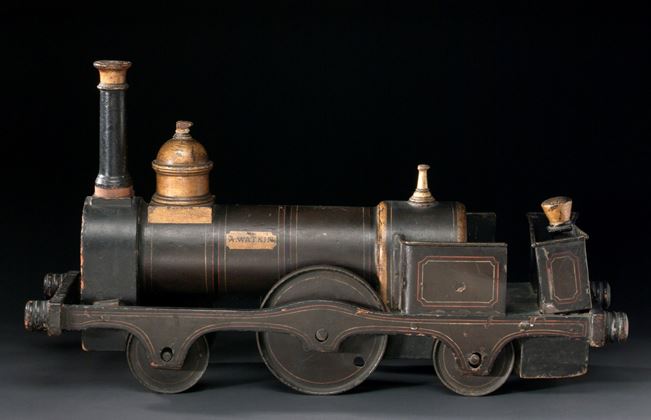
NRM Image No. 10446189
However despite the increasing complexity of the toy trains, they remained standalone objects. A child was given a toy train in the same way they were given a doll, a whistle or a spinning top. The idea that a train is part of a whole system of tracks, bridges, tunnels, and stations had no currency among toy makers.
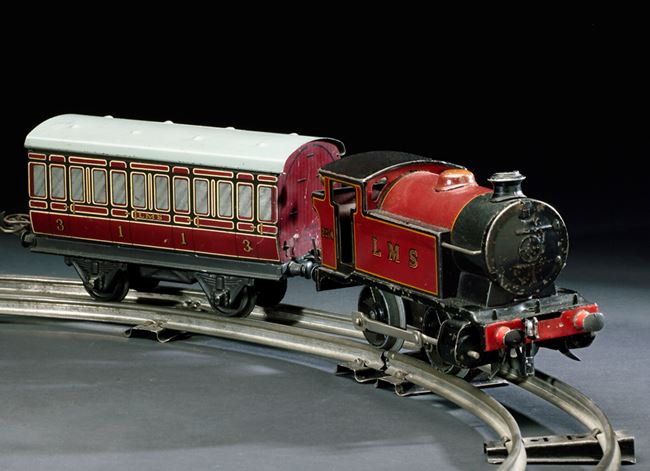
NRM Image No. 10433131
This was a problem however, as once a customer had bought a toy train, that was that. How could the market be expanded to create whole generations of repeat customers? The answer was hit upon by the firm Marklin, a major toy manufacturer whose range included dolls’ houses. It struck the firm that the key to the success of the dolls’ house was its ability to be constantly developed. A child began with a basic house and then gradually filled it with all manner of fixtures and fittings, just like a real house. They realised that if this concept was applied to toy trains; a child could be given a locomotive, then they could go on to build a whole railway, complete with scale accessories.
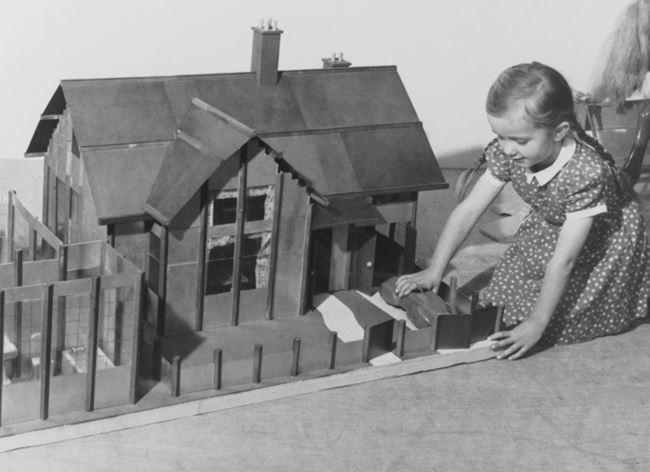
These ideas were revealed to the world at the Leipzig toy fair in 1891, when Marklin revealed two key innovations we take for granted. The first was that all the toy trains they produced would be made to one of three standardised scales; the smallest, scale I, is still in commercial production today.
The second was the release of a range of scale tracks to accompany these models. At first this was simply now familiar ‘figure of 8’ track, but later an increasing range of scale accessories, from tunnels and stations, to rolling stock and signals were added. Suddenly you didn’t buy a toy train as a standalone object; you bought the first part of an ever increasing set of integrated pieces. A child could build an imitation of a real railway or as we now call it, a train set.
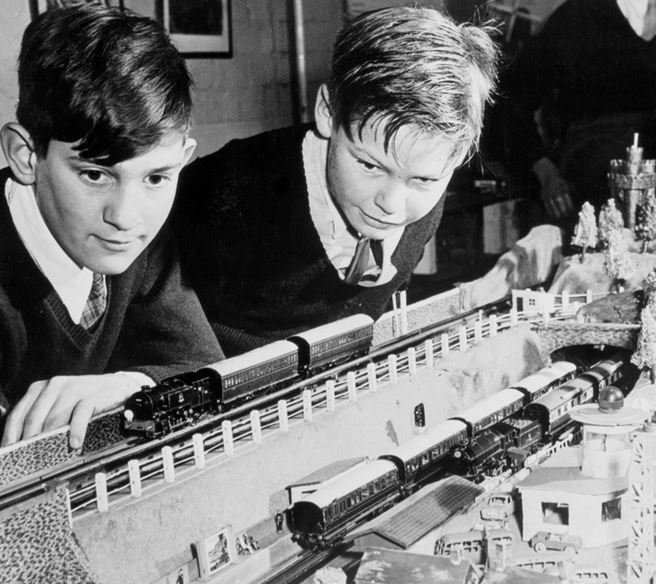
Image No. 10328421
Marklin soon followed this with scale 0, which is the number below 1. The zero soon became known as O and as Marklin was one of the major manufacturers of toy trains, smaller companies rushed to comply with the new ‘standard’ scale.
Today, standard toy train scales are still denoted by letter, such as oo, for the next scale down, N for next again and Z, one smallest commercial scales available. For the firm that is to train sets, what Hoover is to vacuum cleaners, Hornby, the scale 00 was even used as a brand name – Hornby Dublo. The brand took the Marklin concept to a new level, to create a true mass UK market for train sets; that still exists today.
So the next time you sit down to play trains, just spare a thought for that dolls house of 1891.
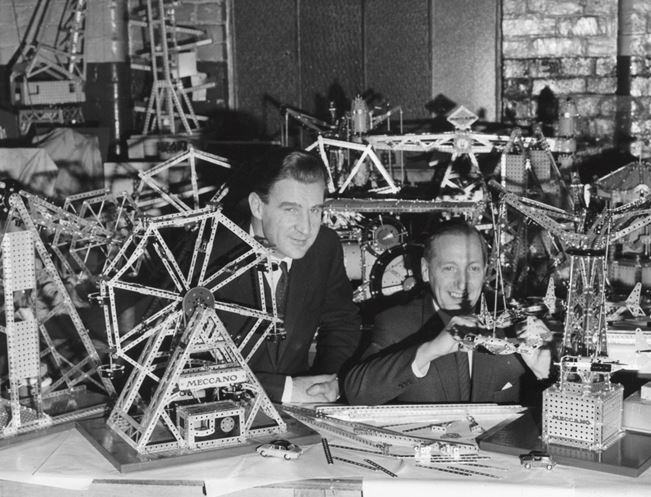
Image No. 10463137
Our exhibition Playing Trains will be running from 20 March 2015, entry is free.